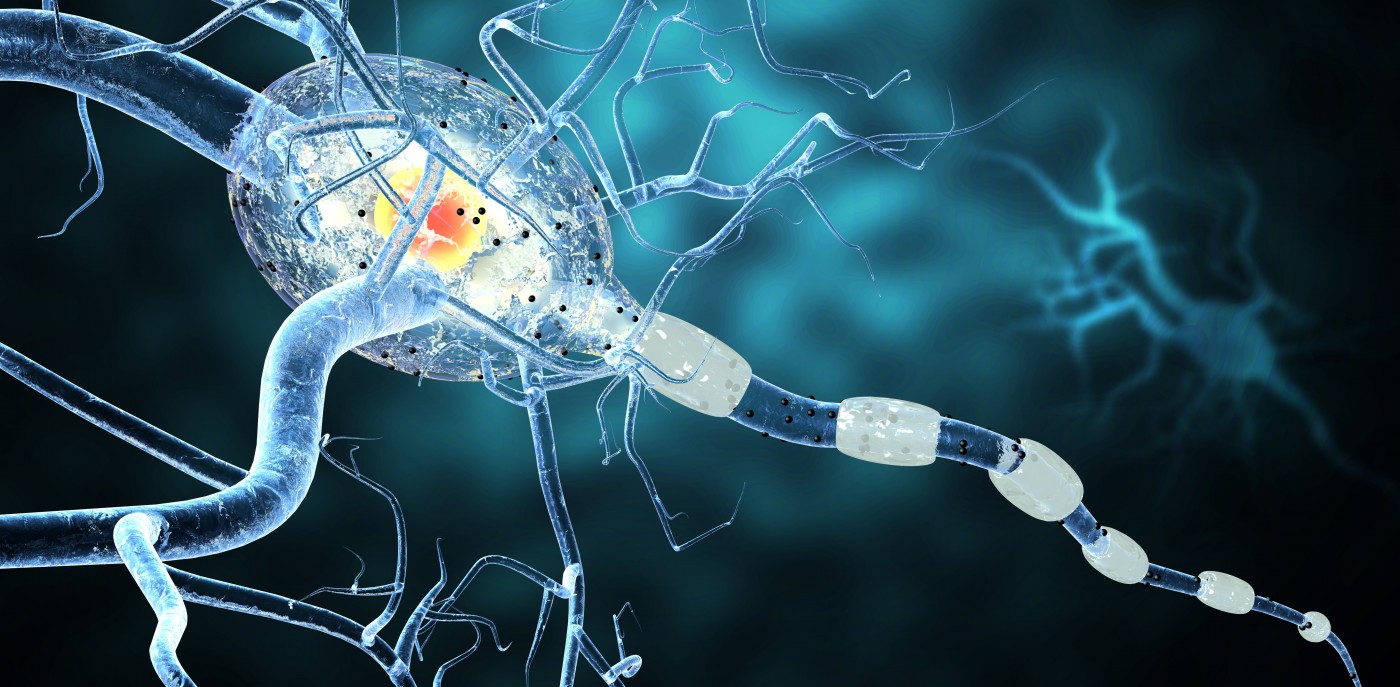MS Active and Inactive Lesions Differ in Levels of Enzymes that Drive Glucose Metabolism

A research team recently showed that key enzymes of energy metabolism pathways are differentially expressed in active and inactive multiple sclerosis (MS) lesions, and may contribute to axonal degeneration in MS. The study, titled “Differential expression of glucose-metabolizing enzymes in multiple sclerosis lesions,” was published in the journal Acta Neuropathologica Communications.
MS is an immune-mediated disease of the central nervous system characterized by the destruction of the myelin layer within nerve cells, leading to a wide range of neurological symptoms (affecting sensory, motor, autonomic, and neurocognitive functions) that manifest usually between the ages of 20 and 40.
Over time, the number of new lesions formed decreases, and the disease progresses with neuron cell degeneration and the dysfunction of axons (a long, slender projection of a nerve cell that conducts the electric impulses from the cell body to other cells). Damaged, demyelinated axons need to consume more energy to maintain electric conduction, and as a consequence, MS axons contain more mitochondria (the organelles responsible for energy production). Notably, increasing evidence suggests that mitochondrial dysfunction and associated oxidative stress drive neurodegeneration in MS. A possible mechanism accounting for this phenotype is the fact that damaged mitochondria may change glucose metabolism, therefore impairing the neurons’ function in MS patients.
Researchers investigated the potential mechanisms that drive altered glucose metabolism and how it impacts neurodegeneration. To this end, the team determined the expression levels of key enzymes in the glycolysis pathway (where glucose is processed into another molecule, pyruvate), the tricarboxylic acid (TCA) cycle, and lactate metabolism in MS tissue.
The team found that while the activity of glycolytic enzymes was increased in both active and inactive MS lesions, the levels of enzyme of the TCA cycle only increased in active MS lesions. Moreover, researchers observed that the levels of the mitochondrial enzyme α-ketoglutarate dehydrogenase (αKGDH) were decreased in demyelinated axons, a pattern in agreement with axonal dysfunction. Increased expression of lactate-producing enzymes and lactate-catabolizing enzymes was found in MS inactive lesions, specifically in astrocytes (a star-shaped glial cell of the central nervous system) and axons, respectively.
Results showed that the levels of enzymes involved in glucose metabolism are increased in active MS lesions (both in astrocytes and axons). The team also found that a specific cell type, astrocytes, in inactive MS lesions undergo a metabolic shift and supply demyelinated axons with lactate in order to fulfill the axons’ energetic needs, possibly contributing in this way to axonal degeneration.
MS is currently estimated to affect about 350,000 individuals in the United States.






